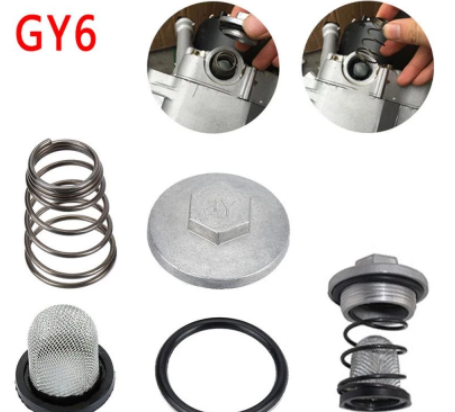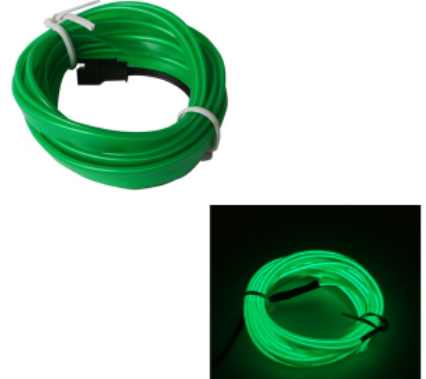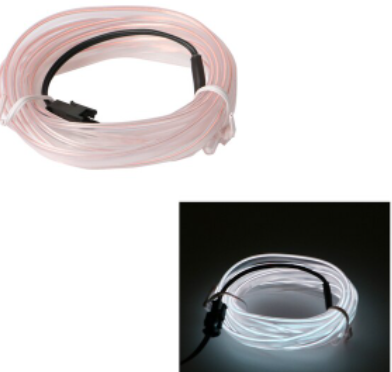After the war broke, Russia, the majorfertiliser exporter holding 15 percent of the market, faced Western sanctionswhich disrupted the supply chain. It has already impacted the fertiliser importof Bangladesh.
Bangladesh has a demand for 750,000tonnes of murate of potash or MOP fertiliser each year and Russia supplies300,000 tonnes of it. Also, Bangladesh imports TSP and DAP fertilisers fromRussia.
Although the supply of urea, the mostused fertiliser in Bangladesh, has not been hampered yet, policymakers areworrying about the supply of other three major fertilisers-TSP, MOP and DAP.This is because the war had upended the supply chain.
Agriculture ministry officials said they would import fertilisers from Canadato meet the demand next year. They are working to procure fertilisers fromother sources as well. High prices are still concerning them.
The government increased the subsidy forfertiliser once the price skyrocketed in the global market, but has no plan toincrease the domestic prices as of now, they said.
Even if the prices increase multipletimes globally, the government plans to distribute fertilisers at the same costin the next fiscal year, said Agriculture Minister Abdur Razzaque.
”We’re facing some trouble in fertilisermanagement due to the price hike on the international market, but we’re workingto redesign the supply system without changing the price,” he said.
WILL CANADA BECOME AN ALTERNATIVE TORUSSIA?
Bangladesh chose Canada as analternative to Russia for importing fertilisers just before the Ukraine warbroke out, said Bolai Krishna Hazra, additional secretary at FertiliserManagement and Equipment Department in the agriculture ministry. Earlier, the authorities used to import300,000 tonnes of MOP fertiliser from Russia and 150,000 tonnes from Canada, hesaid.
Bangladesh reached an agreement with Canada to have it as an alternative sourceof fertiliser and the Canadian ambassador assured Bangladesh of exportingfertiliser, he said. Bangladesh will import 550,000 tonnes of MOP fertiliserfrom Canada next year.
They have enough fertiliser stored forthe current fiscal and there is no disruption in demand and supply as of now,officials said.
The country may need an estimated 5.7million tonnes of chemical fertilisers, includes 2.6 million tonnes of urea,750,000 tonnes of TSP, 750,000 tonnes of MOP and 1.6 million DAP fertiliser inthe fiscal year of 2022-2023. The authorities have started to collect it.
Out of these fertilisers, 1 milliontonnes of urea are expected to come from six factories of Bangladesh ChemicalIndustries Corporation (BCIC) under the industries ministry.
The rest are usually imported fromRussia, Saudi Arabia, China, Morocco, Canada, Qatar, United Arab Emirates,Tunisia and some other countries.
While Canada is becoming the alternativesource for importing TSP, the authorities are also working to import otherfertilisers from other exporter countries, officials said.
CURRENT SUPPLY
According to Bangladesh AgricultureDevelopment Corporation (BADC), government warehouses and supply transportshave 236,557 tonnes of TSP, 262,927 tonnes of MOP and 368,853 tonnes of DAP inthem. In total, 868,338 tonnes of non-urea fertilisers are available. BCIC warehouses have 600,000 tonnes of ureafertiliser stored in them.
BADC has distributed more than 1.5million tonnes of non-urea fertiliser as of May in the current fiscal. Theywill distribute 24,000 tonnes of fertilisers in May. The amount was 25,797tonnes in April.
In the last fiscal year of 2020-2021,BADC distributed 55,261 tonnes of non-urea fertiliser in April and 49,987 tonnesof all types of fertilisers in May.
DEMAND PER SEASON
According to the agriculture ministry,40 percent of the annual fertiliser demand is needed in Robi season, or fromautumn to spring, and the rest for Kharip 1 season from summer to monsoon, andKharip 2 season from monsoon to autumn.
Usually, non-urea fertilisers like TSP,DAP and MOP are used in the dry season to prepare the farming fields, whileurea fertiliser is used to boost crop production.
The authorities allocate the fertilisersin a month based on the annual demand. The distribution peaks from December toMarch when the farmers get around 2.3 million tonnes of fertiliser, BolaiKrishna said. On an average, 427,000 tonnes of fertilisers are distributedevery month for the rest of the year.
Enlisted dealers collect their allocatedamount of fertiliser from the designated places and they can apply foradditional supply, said Reaz Uddin Ahmed, executive secretary of BangladeshFertiliser Association (BFA). Theministry then allocates the extra amount of fertilisers as recommended by thedeputy commissioner"s office. The process I quite fast, Reaz said.
Apart from the four major fertilisersavailable under government management, some other types of fertiliser areimported and marketed by the private sector.
Those fertilisers are used to add nutritional values to the crops and boost theyields as recommended by the agriculture officers.
Fertilisers imported by the privatesector include SOP, gypsum, zinc sulphate, mono-hydrate, zinc sulphatehepta-hydrate, boric acid, solubor, magnesium sulphate and ammonium sulphate.
The private sector imports 500,000tonnes of nutritional fertilisers a year, said the BFA executive secretary.
As the fertiliser prices shot up in theglobal market, farmers may have to pay more for those fertilisers this year.
Fertiliser crisis is never caused byhoarding, said Additional Secretary Bolai Krishna. Sometimes transportationdelays cause trouble and lead to a temporary crisis in some parts of thecountry, Bolai Krishna said.
Sometimes farmers in an area suddenlybuy excess fertilisers, creating a crisis there. But there is a slim chance tohave a long term fertiliser crisis as the government allocates it monthly.
WILL SUBSIDY CONTINUE?
The government has been providingsubsidies every year for the four chemical fertilisers to ensure food securityand boost agricultural production in the country. That is why the fertiliserprices remained unchanged for the past decade in the local market, despitemajor changes in price in the international market.
As the subsidy amount has increased significantly in the current fiscal, manypeople worry that the government may scrap it and prices will go up. Thegovernment, however, brushed aside the possibility of reducing subsidies. Both Prime Minister Sheikh Hasina and theagriculture minister assured that the government has no plan to reduce it.
Currently, the government provides ureafertiliser at Tk 16 per kg, TSP at Tk 22 per kg, MOP at Tk 15 per kg and DAP atTk 16 per kg – all with subsidies.
According to the agriculture ministry, the government spent Tk 77.17 billion onfertiliser subsidies in 2020-21 fiscal. The figure was Tk 68.75 billion in2019-20 and Tk 76.83 billion in 2018-19.
After 2008-09 fiscal, the governmentspent Tk 50 billion to Tk 120 billion annually on fertilisers. The lowestspending was Tk 34.7 billion in 2016-17 and the highest Tk 119.93 billion in2012-13.
The sudden price hike on the globalmarket made the government to increase fertiliser subsidies fourfold in thecurrent fiscal. The import cost was Tk 32 per kg for urea fertiliser, Tk 33 forTSP, Tk 23 per Kg for MOP and Tk 37 per kg for DAP, the agriculture ministerrecently said.
The cost stands at Tk 96 per kg forurea, Tk 70 for TSP, Tk 54 for MOP and Tk 93 for DMP in the current fiscal of2021-22.
To sell fertiliser to the farmers at theprevious rate, the government had to provide subsidies of Tk 82 per kg forurea, Tk 50 for TSP, Tk 41 for MOP and Tk 79 for DAP. The annual expenditurefor fertiliser subsidies, therefore, may reach Tk 300 billion.
[Written in English by Sabrina KarimMurshed, edited by Osham-ul-Sufian Talukder]




